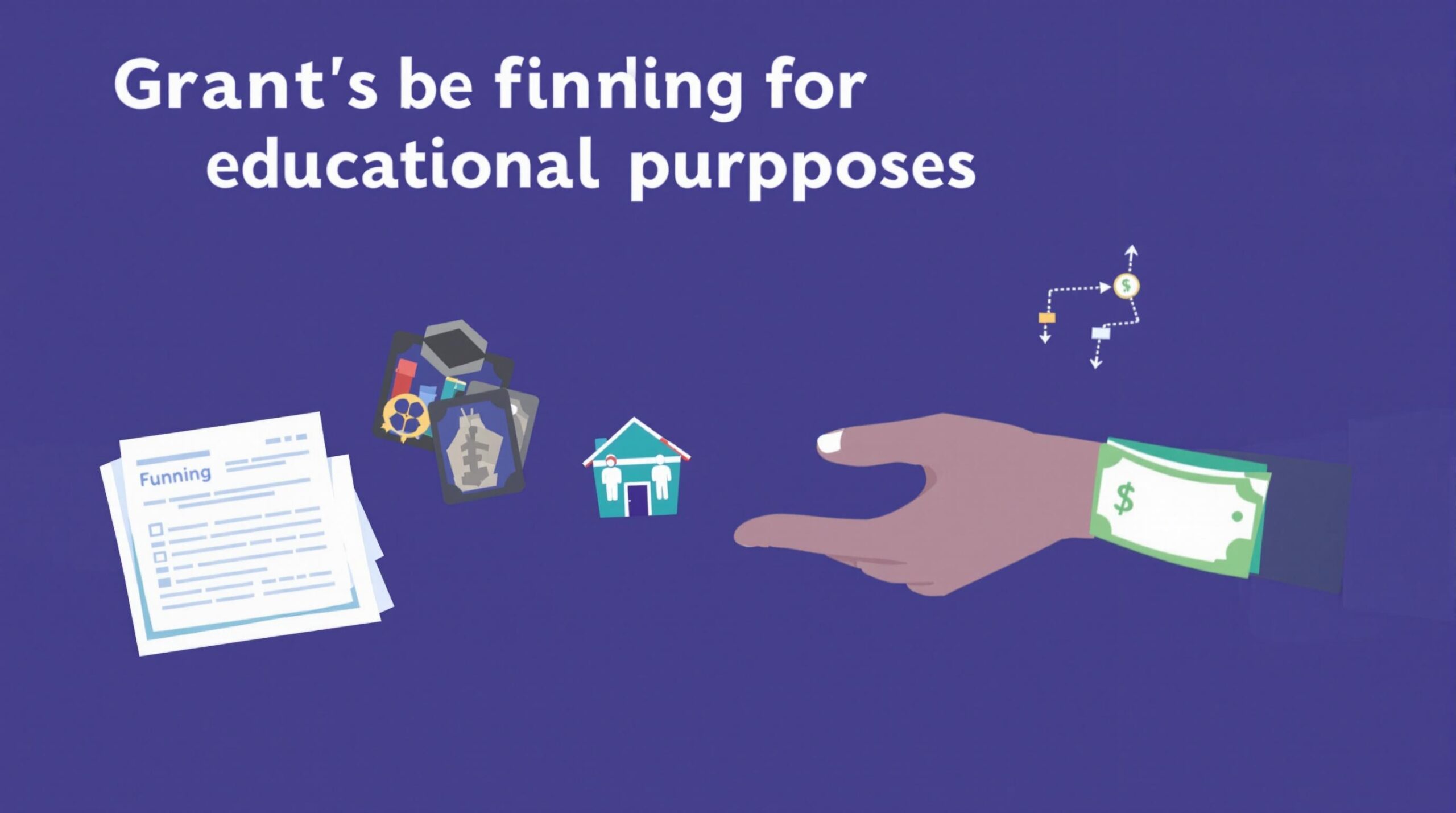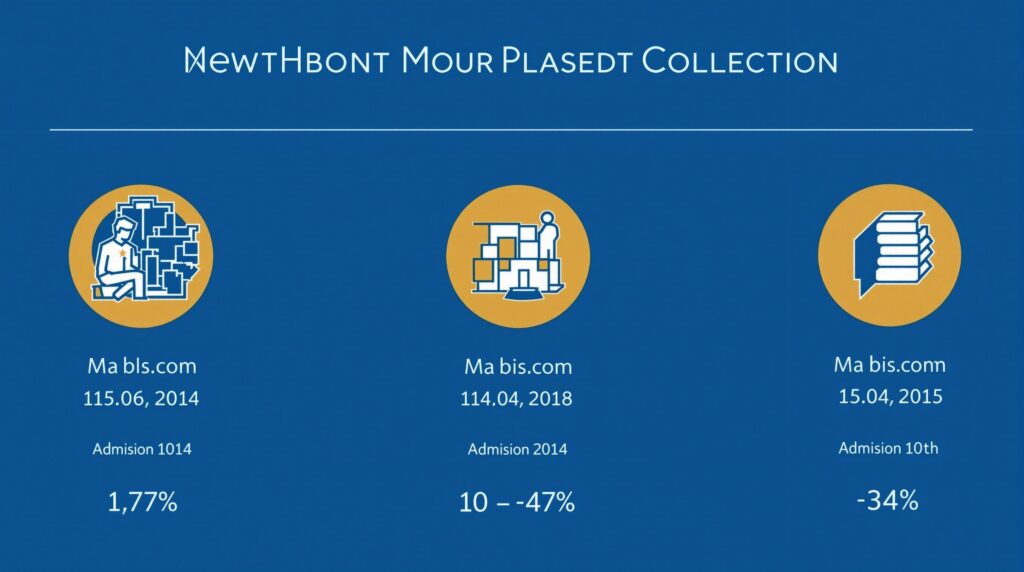Securing educational grants can transform your professional trajectory and provide essential funding for academic projects, but the process is often challenging without proper guidance. The competition for grant funding has intensified across all educational levels, from K-12 to higher education, making it crucial to understand the strategies that set successful applications apart.
Key Takeaways
- Educational grants have a competitive acceptance rate of 10-25% depending on the funding source
- Successful applications require meticulous preparation and alignment with funder priorities
- First-time applicants should start with smaller, local grants to build experience
- Grant success rates improve significantly with detailed research and personalized outreach
- Federal education grants often offer larger funding amounts but have more complex requirements
Understanding the Educational Grant Landscape
When considering how easy is it to get a grant, the answer depends largely on your approach and preparation. Educational grants fall into several categories, including federal, state, private foundation, and corporate opportunities. Each type has its own distinct requirements and success rates.
Federal grants like those from the Department of Education typically have acceptance rates between 10-15%, making them highly competitive but rewarding with larger funding amounts. Private foundation grants often have slightly higher acceptance rates of 15-25%, depending on the specific foundation and grant program.

Factors That Influence Grant Success Rates
Several key factors determine your likelihood of securing educational funding. The most significant determinants of success include:
- Alignment with funder priorities and mission
- Clear and compelling project objectives
- Realistic budget projections and justifications
- Evidence of organizational capacity to execute the project
- Demonstrated need and potential impact
Grant reviewers typically spend just 15-20 minutes on initial application screenings, making a concise, powerful narrative essential. Applications that clearly demonstrate alignment with the funder’s specific priorities see success rates up to three times higher than those that take a generic approach.
Strategies for First-Time Grant Seekers
If you’re new to grant seeking, starting with the right opportunities can build your confidence and experience. For first-time applicants, smaller local grants with acceptance rates of 20-25% provide an excellent entry point.
I recommend building your grant portfolio gradually with these steps:
- Begin with grants under $10,000 from local foundations or businesses
- Create relationships with program officers before applying
- Join professional networks for potential collaborations
- Volunteer as a grant reviewer to understand the evaluation process
First-time applicants who follow these strategies report success rates of approximately 30% compared to the 10% average for those who dive directly into competitive federal grants.
Research and Preparation: The Foundation of Success
The most successful grant applicants spend 3-4 weeks researching and preparing before writing a single word of their application. This thorough groundwork dramatically improves chances of success.
Effective research includes:
- Analyzing previously funded projects by your target funder
- Reviewing annual reports to understand funding priorities
- Connecting with current or past grantees for insights
- Speaking directly with program officers when possible
Applicants who contact program officers before submission report a 40% higher success rate than those who don’t make this connection. This outreach provides valuable insights into unwritten preferences and priorities.
Crafting a Competitive Application
The application itself needs to stand out among dozens or hundreds of competitors. Grant writing tips for educational grants emphasize the importance of clear, concise language that addresses all required elements.
Your application should include:
- A compelling problem statement with supporting data
- Clear, measurable objectives aligned with funder priorities
- A logical project timeline with specific milestones
- A detailed budget with thorough justification
- A concrete evaluation plan to measure outcomes
Applications with specific, measurable outcomes are funded at nearly twice the rate of those with vague goals. Use concrete metrics whenever possible to demonstrate how you’ll track success.
Common Obstacles and How to Overcome Them
Understanding the challenges of obtaining government grants and other funding sources can help you prepare effectively. The most common reasons for rejection include:
- Misalignment with funder priorities (35% of rejections)
- Incomplete or unclear applications (25%)
- Unrealistic budgets or project scope (20%)
- Lack of demonstrated need or impact (15%)
- Missing required documentation (5%)
To avoid these pitfalls, I suggest creating a comprehensive checklist for each application and having at least two colleagues review your materials before submission. This simple step can catch the errors that lead to automatic rejections.
Building Relationships with Funders
Developing relationships with funding organizations significantly increases your chances of success. Nearly 65% of grants go to organizations or individuals already known to the funder in some capacity.
Effective relationship-building strategies include:
- Attending funder-sponsored workshops and webinars
- Following and engaging with funders on social media
- Requesting informational meetings before applying
- Sending thank-you notes after interactions
- Providing updates on successful projects
Even if your first application is rejected, requesting feedback and maintaining contact can increase your chances of success by up to 40% on subsequent applications.
Leveraging Technology and Resources
Modern grant seekers have access to tools that can dramatically improve their efficiency and success rates. Digital resources like grant databases, AI-powered writing assistants, and collaboration platforms help streamline the application process.
Useful tools include:
- Grant search engines like GrantWatch and Foundation Directory Online
- Project management software to track deadlines and tasks
- Budget templates specifically designed for grant proposals
- Grammar and readability checkers to polish applications
Educators who use specialized grant databases report finding 30% more relevant opportunities than those relying solely on general internet searches.
Alternative Funding Strategies
When traditional grants prove challenging, consider alternative funding approaches. These can provide valuable resources while building your track record for larger grants later.
Promising alternatives include:
- Crowdfunding campaigns for specific educational projects
- Public-private partnerships with local businesses
- In-kind donations of equipment or services
- Mini-grants from professional associations
- Donor-advised funds at community foundations
These alternative sources often have acceptance rates of 30-40%, substantially higher than traditional competitive grants, making them excellent starting points for educators new to fundraising.
Persistence and Learning from Rejection
Perhaps the most important success factor is persistence. Most successful grant recipients face multiple rejections before securing funding. On average, grant writers submit 4-5 applications before receiving their first award.
Each rejection provides an opportunity to refine your approach. Approximately 30% of rejected applicants who incorporate reviewer feedback and reapply to the same funder are successful on their second attempt.
The grant process rewards persistence, careful preparation, and continuous improvement. By understanding the competitive landscape and implementing these strategies, you can significantly increase your chances of securing the educational funding you need.



